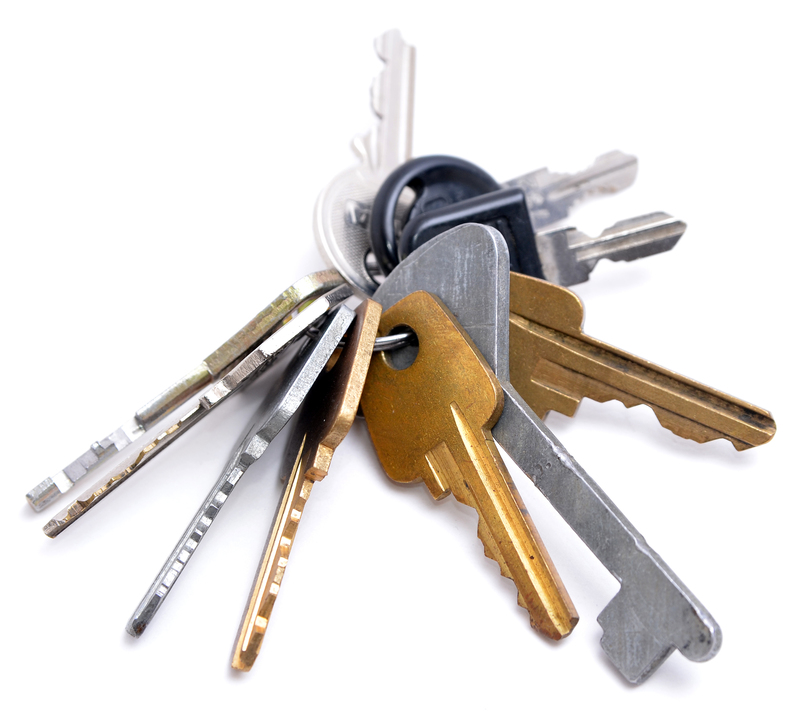Grease Stains: Quick Cleanup Tips
Grease stains are a common household nuisance, finding their way onto clothing, furniture, and various surfaces during cooking, backyard barbecues, or routine maintenance tasks. These stubborn spots can be tricky to remove, but with the right approach and timely action, you can eradicate them effectively. This comprehensive guide provides practical tips and methods to tackle grease stains efficiently.
Understanding Grease Stains
Before diving into removal techniques, it's essential to understand what makes grease stains particularly resilient. Grease, often derived from animal fats, oils, or petroleum products, is hydrophobic in nature, meaning it doesn't mix with water. This characteristic makes traditional water-based cleaning methods ineffective for grease stains, demanding specialized solutions tailored to break down the greasy residue.

Immediate Action: Act Quickly
The immediacy of response plays a critical role in successfully removing grease stains. Fresh stains are much easier to handle compared to those that have set in over time. Here's what you should do as soon as you spot a grease stain:
- Blot the Stain: Use a paper towel or a clean cloth to blot (not rub) the stain. Rubbing can spread the grease further and deepen its penetration into the fabric or surface.
- Apply an Absorbent: Sprinkle baking soda, cornstarch, or baby powder directly onto the stain. These powders will absorb the excess grease, making it easier to remove during the washing process.
Effective Grease-Stain Removal Methods
Using Dish Soap
Dish soap is specially formulated to break down grease on dishes and can be equally effective for removing grease stains from fabrics.
- Mix and Apply: Apply a small amount of dish soap directly to the stain, and gently rub it in with your fingers or a soft brush.
- Let it Sit: Allow the soap to sit for about 10-15 minutes to penetrate the grease.
- Rinse and Wash: Rinse the treated area with warm water and then wash the garment as usual.
Try Laundry Detergent
Heavy-duty laundry detergents often contain enzymes and surfactants that are effective at breaking down grease and oil molecules.
- Pre-treat the Stain: Pour a small amount of liquid laundry detergent directly onto the stain.
- Work it In: Use a soft brush or your fingers to gently work the detergent into the fabric.
- Let it Set: Allow the detergent to sit for at least 15 minutes before washing the item as directed.
Removing Grease Stains from Different Surfaces
Clothing and Fabrics
In addition to the above methods, another effective way to remove grease stains from clothing is using white vinegar:
- Create a Solution: Mix equal parts white vinegar and water.
- Spray and Blot: Spray the solution onto the stain and blot with a clean cloth.
- Wash: Launder the clothing item as usual.
Upholstery and Carpets
For grease stains on upholstery and carpets, the key is to absorb as much of the grease as possible before addressing the stain itself:
- Absorb Excess Grease: Use a combination of baking soda and cornstarch to absorb the grease, letting it sit for 15-20 minutes before vacuuming.
- Apply a Cleaning Solution: Use a mixture of dish soap and warm water (1:2 ratio) to gently blot the stain.
- Rinse and Dry: Rinse with warm water and blot dry with a clean cloth. Avoid over-wetting the upholstery.
Preventative Measures and Long-Term Care
Prevention is always better than cure. To minimize the occurrence of grease stains and keep your fabrics and surfaces clean, consider these preventative measures:
- Use Aprons and Covers: When cooking, wear an apron to protect your clothing. Use covers or splatter shields to prevent grease from reaching other surfaces.
- Place Mats and Rags Strategically: Place mats under grills or fryers and keep rags or paper towels handy to immediately tackle any spills or splatters.
- Regular Cleaning: Clean surfaces regularly to prevent the buildup of grease, which can attract more dirt and compounds making stains harder to remove over time.
Professional Help
Sometimes, despite our best efforts, grease stains can be particularly stubborn or extensive. In such cases, seeking professional cleaning services might be the best option. Professional cleaners have specialized equipment and solutions designed to tackle even the toughest stains effectively.
Knowing when to seek professional help can save you time, effort, and potentially prevent damage to your fabrics or surfaces.

Common Misconceptions About Grease Stain Removal
Several myths surround the removal of grease stains, which can lead to ineffective or even damaging cleaning methods. Let's debunk a few:
- Using Hot Water Immediately: Many believe that hot water helps in removing grease stains. However, hot water can sometimes set the stain further, especially on certain fabrics. It's usually best to use lukewarm or cold water initially.
- Overloading the Washing Machine: Some think putting heavily stained clothes together in one load will help. Overloading the washing machine can prevent proper cleaning from occurring, as fabrics won't have enough space for agitation and thorough rinsing.
- Bleach is Always the Answer: While bleach can be effective for some types of stains, it's not always suitable for grease stains and can damage certain fabrics or discolor items.
Conclusion
Grease stains, though pesky, are not insurmountable. Quick action combined with the right cleaning methods can ensure that your fabrics and surfaces remain stain-free. Remember, understanding the type of grease and the material it has stained is crucial to selecting the most effective cleaning approach. From dish soap to professional help, a wide range of strategies can be employed to tackle grease stains, reducing their impact and keeping your items looking their best.
By incorporating the tips mentioned here and maintaining regular cleaning habits, you can manage grease stains efficiently, ensuring they don't become a persistent problem in your home.



